Nam June Paik: Art in Process: Part One
On the occasion of Nam June Paik: Art in Process: Part One, curator John G. Hanhardt and Nam June Paik Estate curator Jon Huffman discuss the survey of works spanning the artist’s career.
Skin has become inadequate in interfacing with reality. Technology has become the body’s new membrane of existence.
—Nam June Paik
Nam June Paik (1932–2006) brought the television to fine art, treating it as a tactile and multisensory medium and object. Trained as a classical pianist, he came into contact with protagonists of the counterculture and avant-garde movements of the 1960s through his early interests in composition and performance, and this engagement profoundly shaped his outlook at a time when electronic images were becoming increasingly present in everyday life. His groundbreaking work is considered seminal to the development of video art.
Born in Seoul, Paik fled with his family in 1950 to escape the Korean War, traveling first to Hong Kong and then to Japan. After graduating from the University of Tokyo in 1956, he moved to West Germany to continue his studies. There he met the composers Karlheinz Stockhausen and John Cage, as well as the conceptual artists George Maciunas and Joseph Beuys, all of whom deeply affected his thoughts on performance. He joined the Fluxus group in 1962 and moved from the manual manipulation of audiotapes to experimenting with television sets and their screens. Two years later, by this time living in New York, Paik met the cellist Charlotte Moorman, a central figure of the city’s avant-garde, and the two began a collaboration that would last until her death in 1991. Paik created many of his most well-known works for Moorman, including TV Bra for Living Sculpture (1969) and TV-Cello (1971).
Prior to moving to the United States, Paik had met the engineer Shuya Abe, who would also become a longtime collaborator as well as his assistant. Abe helped Paik make his first robot, Robot K-456, in 1964. Composed of metal fragments, fabric, a data recorder, and a loudspeaker that plays recordings of speeches by John F. Kennedy, Robot K-456 captures Paik’s interest in merging popular media and technology with human traits; possessing abstracted breasts and penis, it moves on wheels and is programmed to periodically defecate beans. Paik showed this remote-controlled robot in several exhibitions and performances in New York throughout the 1960s. In 1982, during his first major museum exhibition at the Whitney Museum of American Art, he took Robot K-456 out into the street to orchestrate an “accident”: the robot walked down Madison Avenue and was hit by a car as it attempted to cross 75th Street. For Paik, this spectacle represented a “catastrophe of technology in the twentieth century.”
Alongside his robotic works, Paik maintained a dynamic drawing practice, both in works on paper and in multimedia sculptures and installations. His modified television sets, in particular, combine the moving image with the free, expressive gesture of abstraction; using brightly colored markers, paints, and other materials, Paik would add expressive layers to the screens. Lion (2005), a monumental assemblage comprising twenty-eight television screens and a hand-painted guardian lion sculpture framed within a wooden arch, displays fast-paced montages of flowers, animals, and fish, as well as footage of lions and Merce Cunningham dancing. Lion is emblematic of Paik’s late style, in which he often reflected upon the many artists and performers who influenced his oeuvre.
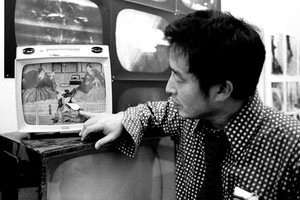
On the occasion of Nam June Paik: Art in Process: Part One, curator John G. Hanhardt and Nam June Paik Estate curator Jon Huffman discuss the survey of works spanning the artist’s career.
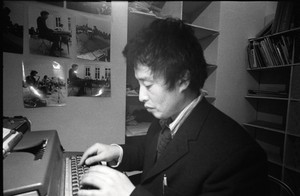
Earlier this year, MIT Press released We Are in Open Circuits: Writings by Nam June Paik. Here Gregory Zinman, coeditor of the book along with John Hanhardt and Edith Decker-Phillips, writes about his first exposure to the artist’s archives, the discoveries made there, and the relationship between Paik’s writings and his larger practice.
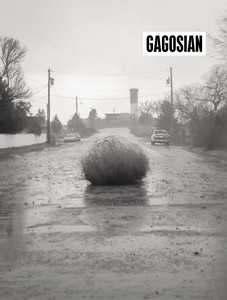
The Winter 2019 issue of Gagosian Quarterly is now available, featuring a selection from Christopher Wool’s Westtexaspsychosculpture series on its cover.
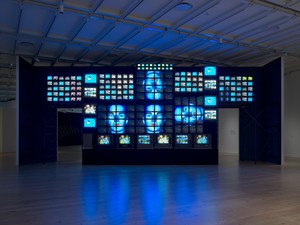
Gillian Jakab considers the role of choreography in Nam June Paik’s 1989 video installation Fin de Siècle II.
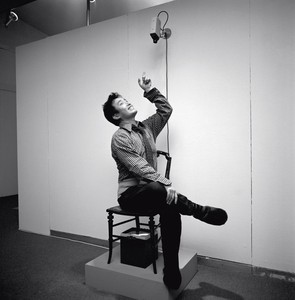
Alexander Wolf explores the intersection of life and technology as it exists in the work of Nam June Paik, revealing the artist’s ability to balance technological concerns with humanity through music, performance, expressive painting, and images from nature.
Request more information about
Nam June Paik